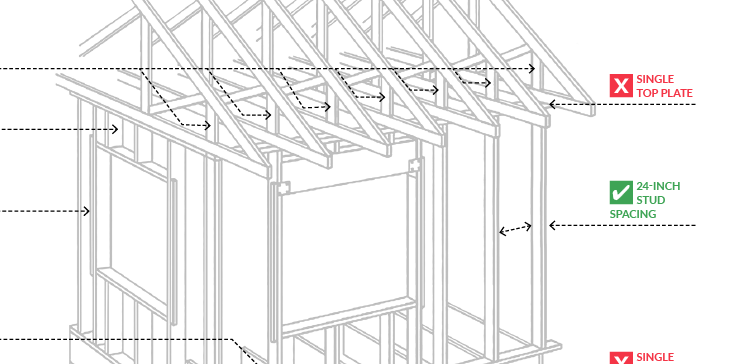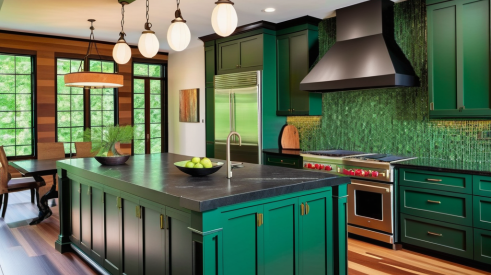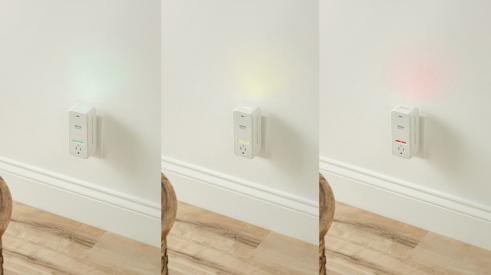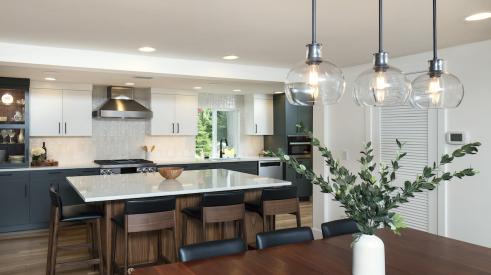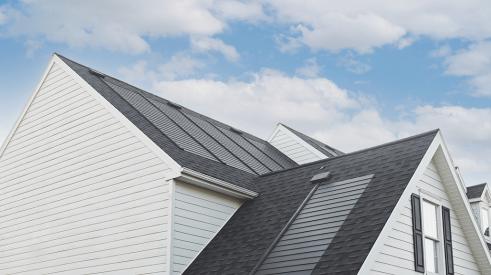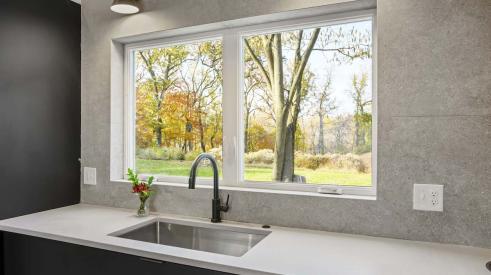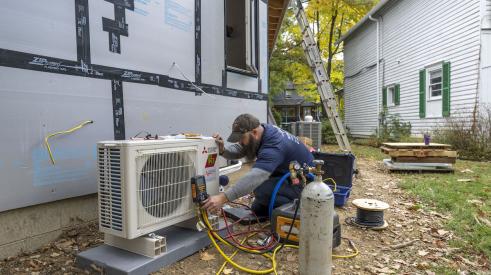Advanced framing—sometimes called optimum value engineering (OVE) or energy-efficient framing—has been around for almost 40 years, but not everyone is onboard. Some carpenters find it difficult to change a lifetime’s worth of framing habits; others don’t see the advantages.
Still others think some advanced framing techniques are impractical, and with that we agree. So we asked David Joyce, one of ProTradeCraft’s technical advisers, to give us his “Do” and “Don’t Bother” lists for advanced framing. For more than a decade, Joyce has been building and remodeling houses in association with Building Science Corp. (BSC), one of the most progressive architecture and engineering firms in the world, and he has implemented advanced framing in all of the new houses he has built with BSC.
We marked up an illustration from BSC to identify what Joyce's experience has taught him is worth doing (green checkmarks, page 26) and what’s not (red X’s).
Don’t Bother With These Advanced Framing Techniques for Remodels
Windows aligned with studs. Placing windows on layout seems like a good idea on paper—and for simple houses, it can be simple in the field, too. But for most projects, it’s impractical.
DJ: Architects put windows where they want them and they don’t want me to move them 3 inches to the left. It can be done at the design phase, but it's often impractical because most windows aren't sized in 2-foot increments.
No cripples at window jacks. This doesn’t really save much wood because most cripple studs are cut from scraps of wood anyway.
DJ: I usually eliminate cripple studs at the ends of a window opening out of habit, but it's a pain for many carpenters who don’t want to toe-nail or end-nail through the jack stud. Because there's very little to gain, I don’t think it's worth doing if you find it inconvenient.
Single top plate. Using one-third less plate stock seems like a good idea, but it changes the wall height if you use precut studs. Also, locking walls together with a double top plate is faster than using metal gussets.
DJ: If you frame with 92 ⅝-inch studs, the math works out easier. Otherwise, the drywall will need to be cut, which is a pain. Also, we strap ceilings with 1x3s, so if I use a double top plate on exterior walls, I can use a 1-by as the second top plate on an interior wall to get the right height.
Header hangers instead of jack studs. Many carpenters add extra wood at windows to accommodate wide trim, so leaving out the jacks is just the opposite of what they need. And the alternative of adding a 2x2 or 2x4 on the flat (for wider trim) takes more time and doesn’t really save lumber or reduce energy loss.
Be Sure to Do These Framing Techniques
24-inch stud spacing. This eliminates a stud for every 4 feet of wall when compared with a 16-inch on-center layout. For a 35-by-40-foot house, that saves 40 studs in the exterior walls and probably twice that on interior walls. But it’s not just about the money you save: Eliminating studs in exterior walls makes more room for insulation—about 60 inches of insulation in the above example—that otherwise would not be there. (It’s also easier to walk between the studs during framing, while you’re wearing nail bags.)
DJ: I use standard ⅝-inch drywall on the lids and ½-inch drywall on the walls, and I’ve never had a problem with wavy walls or quilting ceilings due to 24-inch spacing. If the wider stud spacing is a problem with your vinyl siding, then step up to a higher grade of vinyl.
Insulated headers sized for actual load. Right-sized insulated headers save wood, eliminate cold spots, and make walls lighter to lift.
DJ: Your lumberyard will size all of your headers for you so you don’t have to use more wood than needed. I like a sandwich approach to insulated headers, which gives me solid backing both inside and out. Two LVLs and a 2-inch slab of foam flush out perfectly in a 2x6 wall.
No headers in nonbearing wall. Gables and other nonbearing walls have no point loads, so headers aren’t needed.
DJ: On new houses, headers are often sized and specified by engineers. But walls with no substantial bearing load don't require headers at all, so I omit them.
Two-stud corners. Less wood in corners means less thermal bridging and more room for insulation. When corners are framed with three or four studs, corners become cold spots that often become mold spots due to condensation and air leaks.
DJ: Two-stud corners are fully accessible for air sealing and insulation. They also make it easier for electricians to snake wire around corners.
Ladder backing. As with corners, adding studs where interior partitions intersect the exterior wall creates an extra thermal short. It can also create a thermal bypass because the space between the nailers is often left uninsulated. And because there are holes in the top and bottom plates for wires and pipes, when the outside leaks inside, it leaks up and down, too.
Ladder backing is exactly what it sounds like: a series of 2-by blocks spanning a stud bay, installed on the flat. This leaves room for insulation between the interior wall and the exterior sheathing.
Gapped partition walls. An even better way to treat intersecting walls is to space the partition away from the exterior wall far enough for drywall to slide through. Not only does this make for a better insulation job, it drastically reduces air leaks at what is potentially a very leaky spot.
DJ: Ladder backing or gapping the wall makes the whole stud bay accessible—again, for air sealing and insulation. I particularly like to gap the wall because it has so many benefits. It may be difficult for some to change their habits, but we’ve built it into our system of framing. We use a piece of 1-by stock as a spacer.

For more info on advanced framing, check the Framing menu at Protradecraft.com, or download “Advanced Framing Construction Guide (M400)” from APA: The Engineered Wood Association.
Find more Building Science here
Add new comment
Related Stories
Working Toward Affordable, Resilient Homes
A new natural disaster protection act from NAHB aims to support hazard mitigation projects
Client Design Choices in the Time of Social Media and AI
Social media speeds up the trend cycles, and now artificially created images are falling into homeowners' hands
Indoor Air Quality Gets Smart
A home's air quality can now be cloud connected and fully automated with this innovative product
Webinar: From Disjointed Design to Cohesive and Efficient—The New American Remodel 2023
Access the recording for the first The New American Remodel webinar held on March 8 at 2 pm CT
5 Standout Energy-Efficient Products Spotted at IBS 2023
See what this green remodeler recommends from the show floor
Innovative Products: GAF Energy Timberline Solar Shingles
GAF Energy’s latest innovation has taken the solar world by storm
Detailed Design: Benefits of Biophilism
See the details our Model ReModel contractors chose to infuse nature into their ADU
Heat Pumps Now Required in Washington New Construction
Washington is the second state to require heat pumps in an effort to electrify homes



